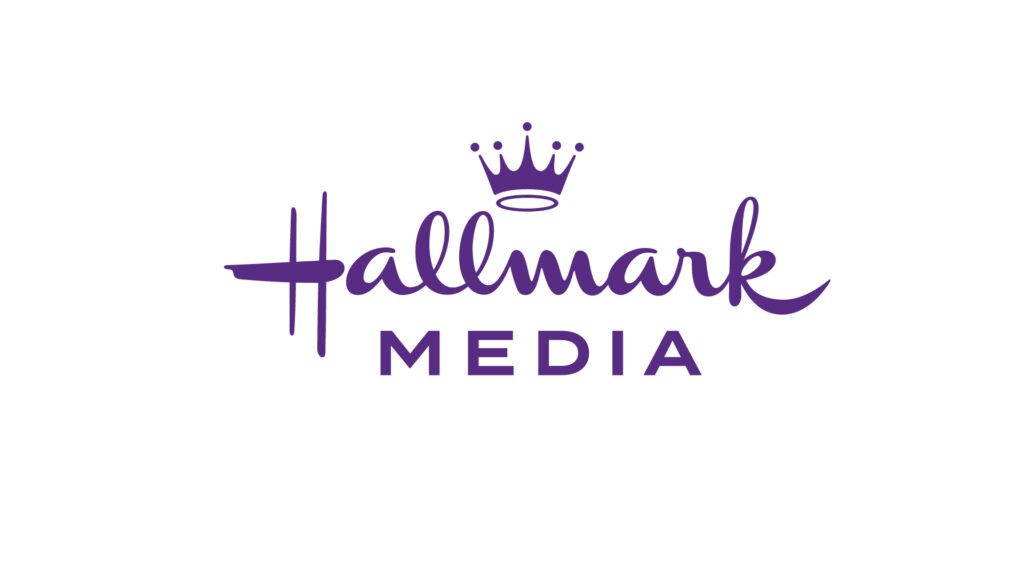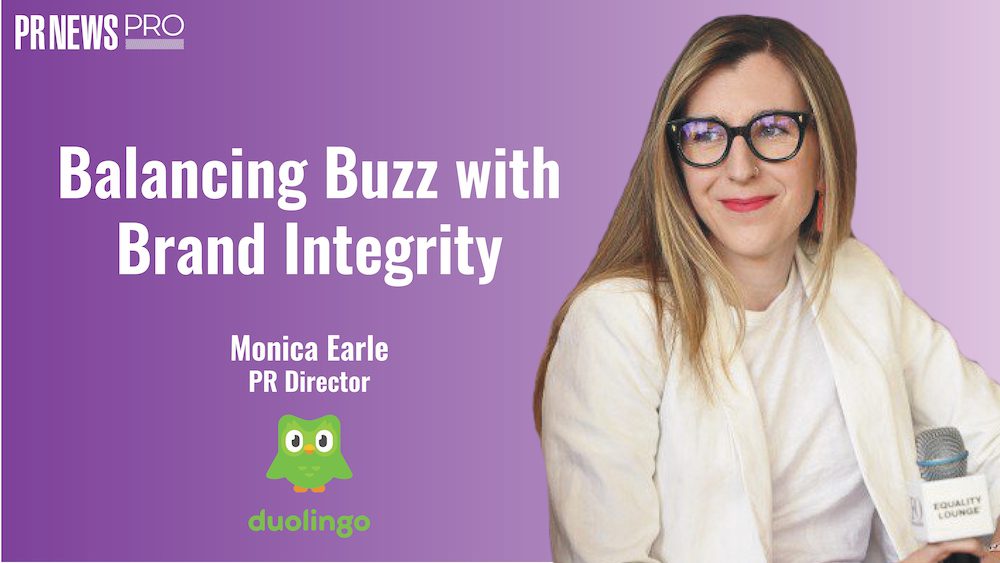Our monthly profile of an outstanding marketer whose leadership and campaigns are moving the needle for their brand.
—
While some brands have kept quite during the pandemic, decreasing their marketing spend and communications to consumers, personal finance brand NerdWallet has taken the opposite approach. On the heels of its first-ever national brand campaign, the company is spending more money on marketing in Q2 than it did in Q1. The strategy was spearheaded by NerdWallet CMO Kelly Gillease, who believes that brands that aren’t investing during the downturn are missing opportunities—and may potentially be left by the wayside. We spoke with Gillease about the brand’s COVID-19 marketing, its rigorous growth strategy and her performance approach to brand marketing.
Chief Marketer: What challenges has your company faced, from a marketing perspective, due to COVID-19?
Kelly Gillease: I think it’s up to leaders to be vigilant and aware of what’s going on and also be courageous about learning from things in the past. It can be easy during this time to say we’re going to lay off people or do something that optically feels good, but isn’t the right thing in the long-term for the business. We’re in a good position at NerdWallet in that we’re not a tech company that’s pursued growth at all costs. We’ve been profitable nearly every year since we were founded more than 10 years ago. So, we’re in a good position to weather storms like this. And having built up this position, we’re focused on filling positions in our company. It’s a great talent market right now, so we’re continuing to hire folks, and focus on our long-term goals, developing products and services to help consumers navigate all of these new financial decisions coming up, or understand the financial impact for them from this crisis and what benefits are available, The Cares Act, all those things.
We’re thinking about how to increase our market share during this time. We’re a company that can lean into this and be helpful to consumers, and there are a lot of financial questions. Google shared with us that there’s a huge spike in people searching for financial help and advice, and we can step in to provide this as a company. So, despite the downturn, we’ve viewed the challenges as a great opportunity for us to adapt, to meet these needs of consumers.
CM: What new programs have come about?
KG: We feel it’s important to show up as a resource for people during this time and around these particular issues. So, we created a hub of COVID-related finance information and understanding the COVID economy. We linked to it from our homepage, but we’ve also disrupted our regularly-scheduled programming on social, in CRM, and we’re highlighting this content. It’s been very effective. Some of the highest engagement rates we’ve seen have been coming from this it is the primary thing they’re concerned with right now. We’re thinking about where our consumers are at and what can we do to be helpful to them, not continuing with day-to-day operations as we normally would.
We also did some adjustments to our brand campaign. In Q1, we ran a campaign called “Money Questions.” The ad for it has vignettes around the money questions people have, big and small. Some of them are trivial ones and some of them are really serious ones. It had very strong performance in Q1, but we realized going into Q2 that some money questions weren’t as relevant now. So, we swapped some of the questions out of the ad and adapted it to what’s top of mind for people. Building your savings, refinancing house versus buying a house, changes like that.
CM: How has your marketing budget shifted?
KG: We went into 2020 very excited to become the brand of choice in personal consumer finance. We embarked on our first, large national brand building campaign in Q1, which had the Money Questions campaign, on primetime TV. We’re excited about doing another campaign in Q2 and we’re running that now. Tim, our CEO, came to us and said, do you want to do something bigger than what you did before? We see a big impact in our business. So, we came up with a plan where we could pivot to do more. This was mid-February. And then the COVID impact started happening. We’re actually spending slightly more than Q1 in Q2, but it’s not the plan we developed to lean into a bigger budget and bigger impact. The pandemic changed how aggressive we were, but we weren’t willing to take things off the table that we thought were core to our long-term plan around growing our brand.
We’ve made other adjustments outside of our brand spend, like not doing the same kind of content in some of our channels that are earned. We’ve adjusted our performance team, which is tasked on driving profitable acquisitions for the company. They’ve obviously had to adjust in light of the pandemic and have scaled back. But we haven’t put anything dark for long or very seriously. We want to make smart adjustments and continue to keep our focus on our long-term goals and vision.
CM: What’s your spend outlook for the rest of the year?
KG: When we did our operational planning review, we only had plans on for Q1 and Q2 and said we would talk about the rest of the year as we saw the results of those two campaigns. If you go back, when we were doing our fall planning last year we hadn’t ever run a national campaign. So, whether or not that was going to be successful was a big question mark for us. We didn’t want to necessarily plan to do more than two of them. Now we are debating what we want to do for Q3 because of the media rates environment. There’s an opportunity for us there to potentially invest more cheaply towards our long-term goals around aided awareness and becoming a brand of choice.
We’ve got brand models internally where we’re trying to see how much less the media rates are going to be. What will our performance look like? Is that worth it? We try to make some decisions around what we want to invest in Q3, if anything. We’re not varying from the plan we have in the fall, and we may end up being more aggressive if we choose to do some level of spending in Q3. We generally don’t do much spending in Q4 of a brand nature. We still run our performance marketing, but for Q4 everyone’s very focused on retail. Finances are less interesting to folks during that time. Q1 is really our peak.
CM: What’s your growth strategy during this period?
KG: As I mentioned before, we have a model to calculate the return we expect to see both immediately and the long-term payback of big marketing investments, like our band marketing. We work with our finance team on that. We have spent a lot of time looking at that model, putting in different scenarios and figuring out how we can grow during this period. What opportunities are here for us? We’ve decided if our marketing can give a long-term payback that we want to see, which is around two to two and a half years, and if we think that our immediate balance sheet looks good for investing, then we’re happy to do it and continue to invest in our long-term growth plan.
Our CEO founded NerdWallet in 2009. He had been laid off during the Great Recession and it was something that came from a project to help his sister find a credit card. He ended up saying, I should put this stuff up on the web, and it became the NerdWallet we see today. We’re oriented around [the fact that] economic challenges and big systemic changes present a lot of opportunity. How can we look at the opportunity here to still grow? What decisions can we make? Also, keep in mind that these things are short-term. Even the Great Recession wasn’t long-term; it was a few years. So, we thought, why don’t we weather this and continue to grow our business? Getting great talent is really hard, and this is a time for us to be able to get some great talent that long-term will serve us well. Optically or psychically it may feel better to do a hiring freeze, to do layoffs. But that’s terrible in the long-term for growing your business. We try to make sure we’re thinking about these opportunities—cheaper media and the talent—because we’re a knowledge-based business and that’s huge for us.
CM: Tell me about your performance approach to brand marketing. Why does it work for NerdWallet?
KG: As companies grow, particularly Silicon Valley, direct-to-consumer companies, you start maxing out those traditional performance marketing channels. There’s a lot of focus on that initially because you can see the immediate return and it’s easy to see how your incremental dollars are paying off. At some point, though, companies need to assess when it’s time to pivot away from that and expand beyond those channels because you either need to grow awareness of the category or awareness of your brand in the category. Search is going to be limited by the amount of people searching for something. Performance marketing is around the people actively involved in a category. So, if people don’t know about the category or people don’t think your brand is very prominent within the category, then it can only do so much for you as a set of channels.
I think about it as this: When you have a strong performance marketing team, how can you compliment it and help boost their growth through investing smartly in brand? That makes some data-driven companies uncomfortable because they don’t see how they can measure that well, or know that investment’s paying off in the same way they do with performance marketing. But my approach has helped them to bridge that gap, because I take a quantitative approach. We have models with FP&A and are rigorous around our brand measurement and testing. So, it helps to put it in a similar framework as performance marketing. It’s easier for people to get how this helps other channels grow, how it helps the business grow and what the return looks like.
We can grow [the business] in a couple of ways—not just with the work that performance team does, but through work that other teams do, too. We have a diversified channel mix. Our bread and butter was SEO for a long time and performance has complimented that. And now, we have brand complementing both those things.
CM: What’s your measurement approach to brand marketing?
KG: Before you launch a campaign, it’s important to level set on your key KPIs. [Determine] the fitness function, and then think about the right benchmarks for the project. When we launched our first national campaign in late 2019, we did a series of tests leading up to that to see what campaign concepts did well. How did this move our business? What metrics should be expected to move and where do we think this is most impactful for us? Our key fitness function is aided awareness, so we’re gunning for a certain number of points of aided awareness we’ll get with each campaign as the outcome. Then we look at things, like traffic to our website and our monthly active users in our mobile app. Are we driving more traffic of quality level we’re happy with? Are people very interested and engaged? Are we driving registration?
We’ve seen a lot of down-funnel impact to the business that we also measure. It’s not the primary fitness function of what we’re looking for our brand marketing to do. I have a background as an economist, so I’m always building models and looking at how we can understand complex systems, all these different points of marketing. We lean on our models and our MMX model to assess if this is incremental growth, is this cannibalistic growth, is our marketing building and complimenting what we have today.
CM: What trends should marketers keep an eye on this year? What’s really critical?
KG: We’ve touched on this, but marketers still need to be comfortable with taking risks. When a company is doing well, it’s easy to take risks. But it’s also easy to fall into your routine because it’s based on your proven results. That’s not going to help you achieve your mission or have outsized growth, though. I’m always pushing my team, myself, to think bigger. This is a mental challenge more than anything, because even when there’s a strong safety net people are risk averse.
I try to encourage my team to think about what the worst-case scenario is and the probability of that happening—and how can we address it and move on. When you go through that mental exercise, it eases your mind. It allows you to think about the bigger picture and answer questions like, what’s the risk of us not taking action? What does it say about our culture? If we aren’t willing to take these kinds of risks, is that the kind of culture we want to have for this company? From there, it becomes easier to take calculated strategic risks.
That doesn’t mean you go out and do a national brand campaign and don’t do any testing beforehand. Be very thoughtful about these things. But right now, people are waiting for full recovery to invest in marketing, and I think that that puts you behind the curve. If you are waiting to see a full recovery, you’re potentially going to be behind.

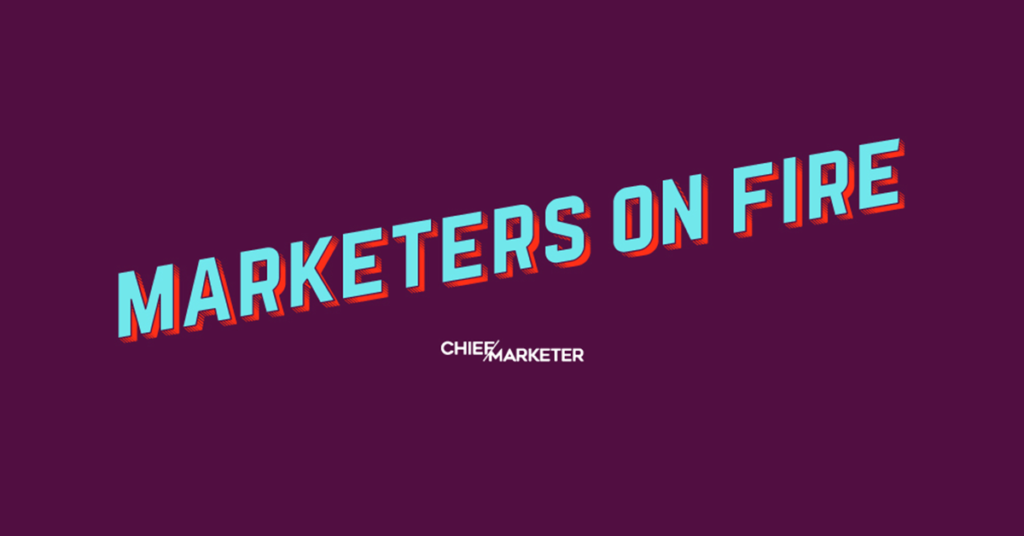
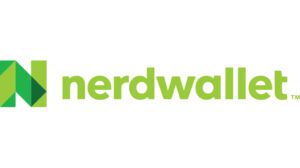
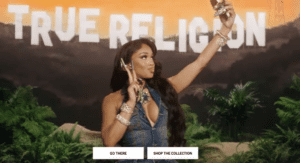
 Network
Network